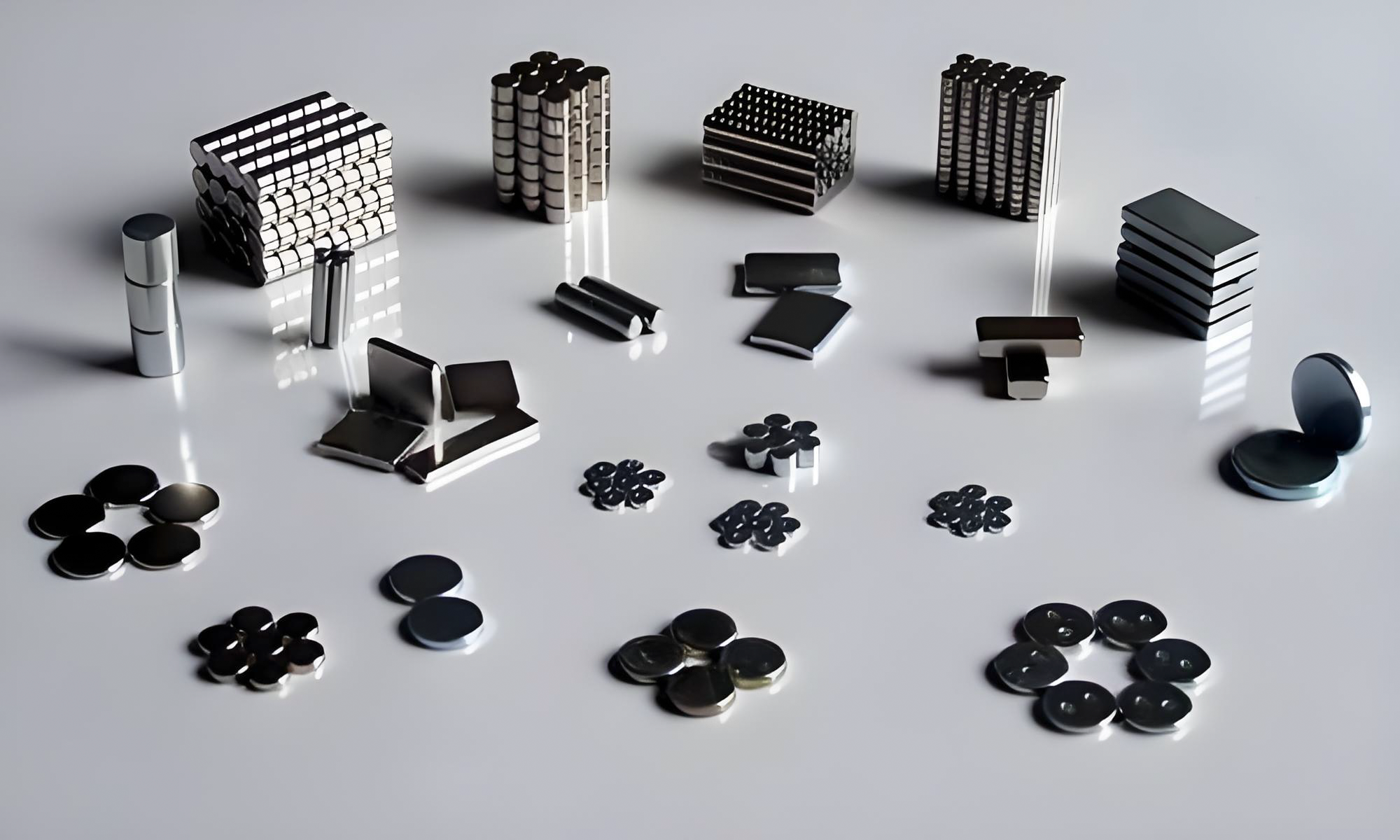
One stop solution for magnetic products

Neodymium magnets (often called "super magnets") are among the most widely used permanent magnets today, powering everything from smartphone vibration motors to electric vehicle engines and wind turbines. However, this seemingly "invincible" magnet has a critical weakness—it’s highly sensitive to heat. High temperatures can not only weaken its magnetic strength but may also cause permanent damage. Let’s break down how temperature impacts neodymium magnets in simple terms.
1. The "Magnetic Disappearing Act" Under Heat
Neodymium magnets are made from neodymium (Nd), iron (Fe), boron (B), and other elements. While exceptionally strong (10x more powerful than ordinary magnets), their magnetism is highly temperature-dependent.
- Critical Temperature (Curie Temperature): When temperatures exceed a critical threshold (typically between 80°C and 200°C, depending on the magnet grade), neodymium magnets lose all magnetism, becoming inert metal blocks.
- Operating Temperature Limits: Even below the Curie temperature, prolonged exposure to high heat (e.g., above 80°C) causes gradual magnetic weakening and irreversible demagnetization (magnetism does not recover after cooling).
- Cold Weather Bonus?: Below -40°C, neodymium magnets may gain slight magnetic strength, but the material becomes brittle and prone to cracking.
Example: Leaving a magnet in a hot car during summer can cause temporary "heat fatigue" (reduced strength), while long-term exposure acts like a "chronic illness," permanently degrading performance.
2. How Heat Resistance Varies by Magnet Grade
Neodymium magnets are classified by heat tolerance, with grades like N, M, H, SH, UH, and EH (higher grades withstand more heat):
- N-grade: Safe below 80°C (common in toys and small electronics).
- H-grade: Tolerates up to 120°C (used in EV motors and industrial equipment).
- EH-grade: Withstands up to 200°C (for specialized high-temperature applications, but costly).
Key Insight: The temperature rating is not an absolute safety line. Long-term use near the upper limit still causes gradual magnetic decline.
3. How to Prevent "Heat Damage" in Practice
- Avoid Heat Sources: Keep magnets away from direct sunlight, engines, heaters, or other hot zones.
- Cooling Designs: Add heat sinks or forced-air cooling in industrial setups.
- Choose the Right Grade: Match the magnet grade to the operating temperature (e.g., use H-grade in automotive engine bays).
- Regular Inspections: Check magnetism periodically in high-heat environments.
Case Study: A factory’s robotic arm using N-grade magnets in a 90°C environment experienced weakened grip after six months. Upgrading to H-grade resolved the issue.
4. Boosting Neodymium Magnets’ Heat Resistance
- Add Rare Earth Alloys: Mixing dysprosium (Dy) or terbium (Tb) into the material improves heat resistance (but raises costs).
- Protective Coatings: Nickel or epoxy plating prevents rust and reduces heat transfer.
- Structural Optimization: Heat dissipation holes, thermal barriers, or split magnetic circuits can disperse heat.
Conclusion: Handle the "Magnet King" with Care
Neodymium magnets are like "powerlifters"—strong but vulnerable to heat. Whether in daily use or industrial applications, understanding their temperature limits is crucial. Selecting the right grade, avoiding heat exposure, and implementing protective measures ensure long-term reliability.
Search
Categories List
Please give us a message

Beijing Saint Langma Magnetic Technology Co.,Ltd